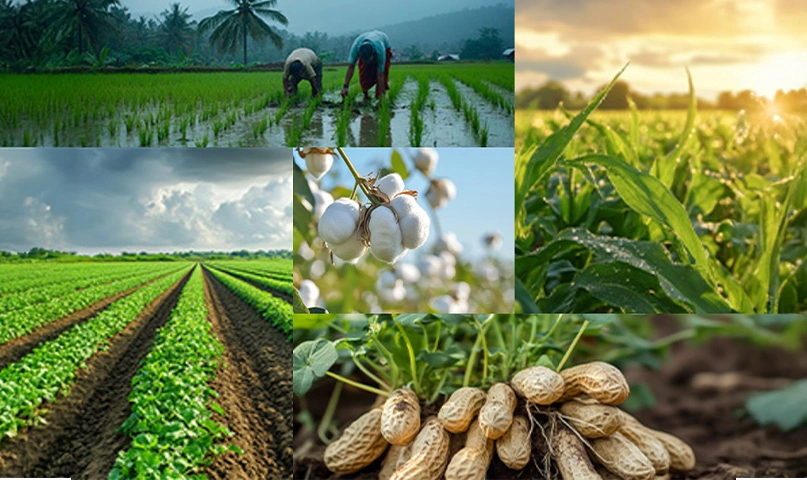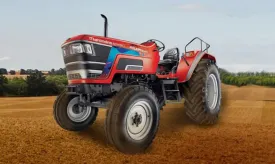10 Key Government Schemes for Indian Agriculture Farmer in 2025
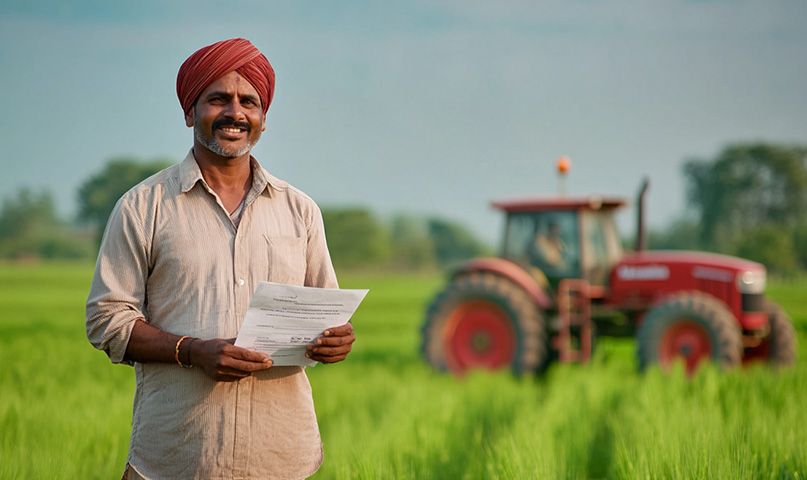
Introduction
Farming in India is not just a profession—it's a way of life for millions. To support farmers and boost agricultural productivity, the Government of India has introduced several schemes aimed at financial aid, insurance, modern technology, infrastructure, and overall welfare. As we step into 2025, staying informed about these schemes can help farmers make the most of the available support.
10 Key Government Schemes for Indian farmer in 2025
Here's a look at 10 key government schemes every Indian farmer should know in 2025.
1. PM-KISAN (Pradhan Mantri Kisan Samman Nidhi)
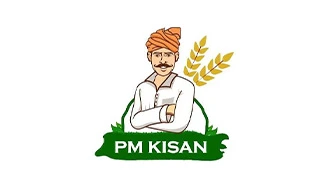
Objective: To direct income support to small and marginal farmers.
Benefits:
- ₹6,000 per year, paid in three equal installments.
- Transferred directly into the farmer's bank account.
Eligibility: Farmers with up to 2 hectares of landholding.
2. PMFBY (Pradhan Mantri Fasal Bima Yojana)
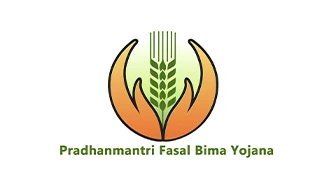
Objective: To provide crop insurance against natural calamities, pests, and diseases.
Benefits:
- Low premium: 2% for Kharif, 1.5% for Rabi, 5% for horticultural crops.
- Covers yield loss, prevented sowing, post-harvest losses, and localized calamities.
Eligibility: All farmers growing notified crops in notified areas.
3. Kisan Credit Card (KCC) Scheme

Objective: To provide short-term credit to farmers.
Benefits:
- Easy access to credit for crop production, equipment, and other needs.
- Low-interest rates and flexible repayment terms.
- Up to ₹3 lakh loan at 7% interest (with timely repayment and interest subsidy).
4. PM Krishi Sinchai Yojana (PMKSY)
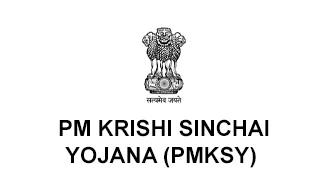
Objective: To enhance irrigation efficiency and ensure water availability.
Benefits:
- Subsidies for micro-irrigation systems like drip and sprinkler.
- Promotes “More Crop Per Drop” by conserving water.
5. e-NAM (National Agriculture Market)
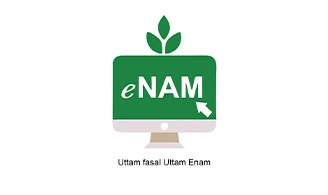
Objective: To create a unified national market for agricultural produce.
Benefits:
- Farmers can sell their produce online at better prices.
- Greater transparency in pricing.
- Reduced dependence on middlemen.
6. Soil Health Card Scheme
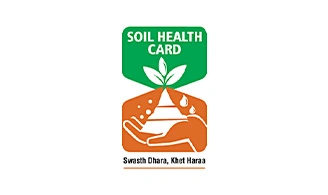
Objective: To promote balanced use of fertilizers and improve soil health.
Benefits:
- Farmers receive detailed reports on the fertility of their soil.
- Recommendations on suitable crops and fertilizer use.
7. Rashtriya Krishi Vikas Yojana (RKVY-RAFTAAR)
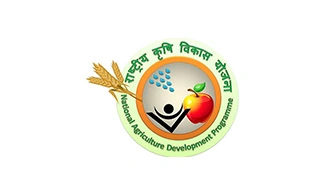
Objective: To boost agricultural development through innovation and infrastructure.
Benefits:
- Financial support for startups in agri-business.
- Grants for infrastructure development and value addition in farming.
8. Agriculture Infrastructure Fund (AIF)
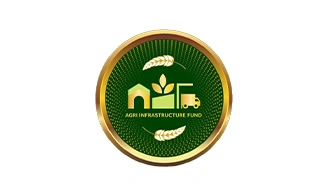
Objective: To develop post-harvest infrastructure and supply chains. It aims to bridge infrastructure gaps, improve post-harvest losses, and enhance farmers' incomes by providing access to modern storage, logistics, and processing facilities.
Benefits:
- Loans with interest subvention and credit guarantee for building warehouses, cold storage, processing units, etc.
- Support to Farmer Producer Organizations (FPOs), cooperatives, entrepreneurs, and agri-tech startups.
9. Paramparagat Krishi Vikas Yojana (PKVY)
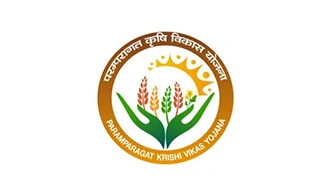
Objective: To promote organic farming and sustainable agriculture. The primary focus of the scheme is to form organic clusters (other than North Eastern States) to help them to create a supply chain.
Benefits:
- Financial assistance for adopting organic practices.
- Certification support and market linkage for organic produce.
10. Pradhan Mantri Matsya Sampada Yojana (PMMSY)

Objective: To establish a comprehensive framework and reduce infrastructural gaps and boost the fishery and aquaculture development.
Benefits:
- Infrastructure development in the fisheries sector.
- Subsidies for setting up hatcheries, ponds, cold chains, and transport facilities.
Conclusion
With the right awareness and guidance, farmers can take full advantage of these government initiatives to improve their income, reduce risk, and adopt modern practices. In 2025, these schemes continue to be the backbone of agricultural development in India, offering everything from financial support to technological upgrades. Farmers should stay connected with local agricultural offices or Krishi Vigyan Kendras (KVKs) or Agricultural Science Ceters, for the latest updates, eligibility criteria, and application processes.









